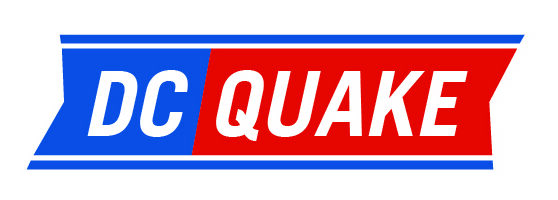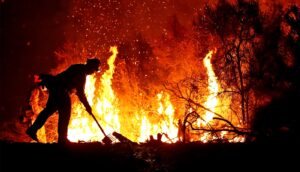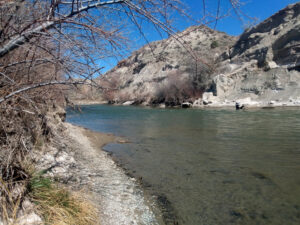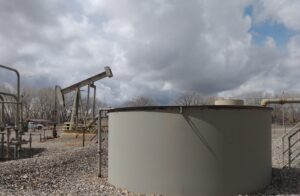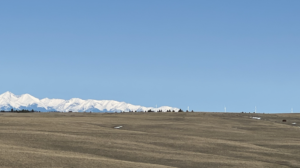When Climate Change Comes Knocking at Your Door, It’s Best to Be Prepared
5 min read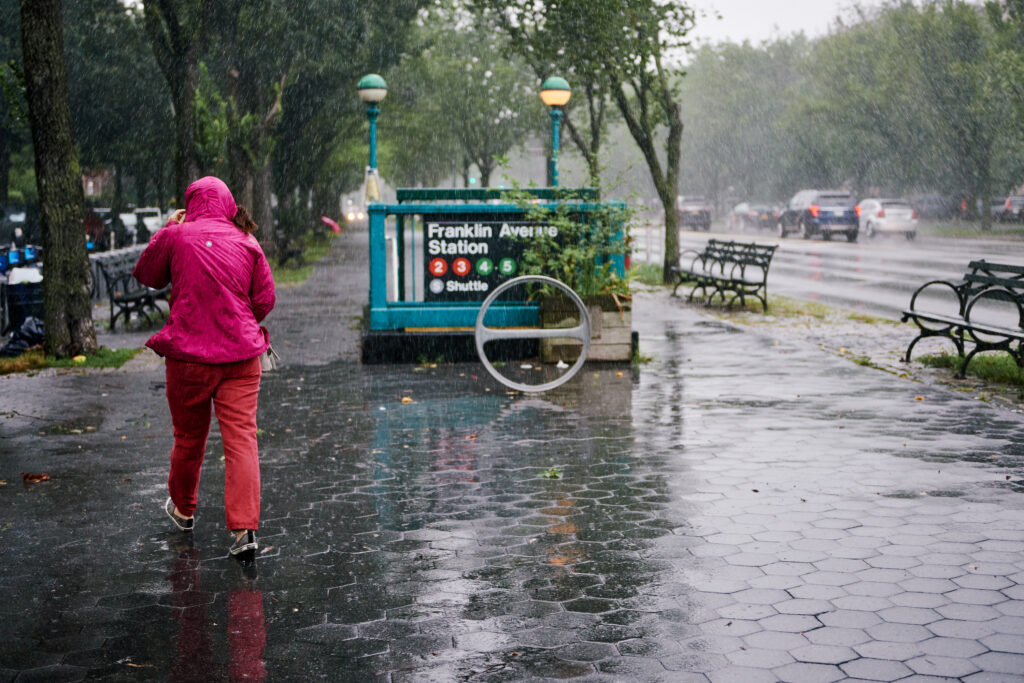
What would you do if you got caught in a flash flood? On July 8, New Yorkers got a sudden real-life lesson as an afternoon storm rolled through the city and filled roadways and some subway stations, including Dyckman Street on the A line, with 28,000 gallons of water.
As the consequences of global climate change become an everyday reality locally, adverse weather events like flash floods are becoming more common in New York, nearly a decade after Superstorm Sandy swamped much of the city.
Experts offer some advice on what to do — and not do — when weather crises hit.
Should We Panic?
Never panic, but it doesn’t hurt to have a healthy sense of caution.
Flash floods differ from regular flooding, as the name suggests, in how quickly they occur. A regular flood can happen over a few days or even weeks, but flash floods are usually caused by heavy rain in a short period of time. Both types of flooding could become more common in the next decade as sea levels surge and as “wobbles” in the moon amplify the impact of rising tides. Last month, historic flooding levels in Europe caused the deaths of almost 200 people in Germany and Belgium.
According to a 2015 research report from Climate Central, New York State has experienced 34% more “heavy rain events” while New York City has seen a far worse 350% increase in similar downpours since the 1950s.
As for what counts as “heavy rain,” the American Meteorological Society defines it as more than 0.3 inches in one hour. New York City got almost seven times that amount on July 8, according to a report from the National Weather Service.
In recent weeks, heavy rains have also flooded subways from central China to London. In the event that a heavy rainfall causes flooding in a subway station, the wisest course of action is to avoid the train and get to higher ground, experts say.
How Can We Prepare?
Disaster preparation experts and city officials have a few tips.
“You have to be ready to rock and roll,” said Jason Charles, a firefighter who lives in Harlem and runs the New York City Preppers Network. “Everything you read [about disaster preparation] is in the best case scenario.”
“If [something] hits New York City, hopefully it just hits Manhattan and then The Bronx and Queens and Brooklyn and Staten Island can fend for themselves,” he said, offering a hypothetical.
Heather Roiter, the assistant commissioner at the city’s Office of Emergency Management (OEM), stressed the importance of having a household emergency plan in the event of a hurricane or flood — and knowing how to stay safe if the street in front of you suddenly resembles the Hudson River.
“Six inches of water can knock a person over. And one to two feet of moving water can carry a vehicle away,” Roiter said.
Her office provides an interactive workbook — in 13 languages — for families looking to be prepared for the worst.
The key parts of a household emergency plan include knowing where to go in the event of an evacuation, how to find members of your family and social network if you live alone, and how you will communicate in an emergency.
There’s also an element of old-school common sense.
“If you don’t know how deep the water is but you must cross it, find something like a stick or something to see how deep that water is so that you’re not stepping into anything that’s too deep and could knock you over,” Roiter said.
When it comes to protecting your home and belongings as a homeowner or a renter, insurance is key.
But most homeowners’ and renters’ insurance policies don’t include flooding as part of their coverage, and in New York State, information about whether your home is in a floodplain can be easily hidden. Flood insurance can be purchased separately through an insurance agency, but there is a 30-day waiting period before it goes into effect.
“A standard homeowners policy does not typically cover damage caused by flooding, earthquakes or normal wear and tear,” Ellen Melchionni, the president of the New York Insurance Association, said in an email to THE CITY. “A homeowner’s best bet to know exactly what is covered as part of their policy, is talking to their agent or company representative.”
Charles stressed keeping a clear head. “Mental toughness is gonna get you through it,” he said.
What Are Officials Doing?
Disaster preparation isn’t strictly an individual undertaking. Mayor Bill de Blasio has made multiple calls in recent weeks for investment into infrastructure and the subway to prevent future floods.
“When you looked at that horrible flooding, that was a symptom of something that’s gone unaddressed for decades,” de Blasio told reporters on July 15. “I’m calling upon the state, the MTA: Own the problem, take the steps needed, get this revenue, help us fix this problem.
Meanwhile the Mayor’s Office of Climate Resiliency released the State of Climate Knowledge report in April, which outlines steps the city plans to take to prepare New York residents for the fallout of climate crises.
“An underlying principle of this effort is two-way dialogue and learning from the lived experience of New Yorkers in areas already impacted by climate change,” said Jainey Bavishi, the office’s director, in an email statement to THE CITY.
As heavy rainfall and other dangerous weather events like hurricanes, heat waves, snowstorms or even tornadoes in the city increase in frequency, the OEM has been encouraging people to sign up for emergency alerts through its Notify NYC network to keep people updated on severe weather situations. People can sign up by calling 311, following @notifynyc on Twitter, signing up online or downloading the Notify NYC app.
Whether the de Blasio administration’s approach on climate change and disaster preparation will carry over to the next mayoral administration is unclear. Neither Eric Adams or Curtis Sliwa’s campaigns returned requests for comment. However, both Adams and Sliwa were vocal on Twitter about their displeasure with the state of the subways during the heavy rains earlier this month.
Regardless of who the next mayor is, Charles of the New York City Preppers Network doesn’t see things getting any easier.
“Rain is super unpredictable,” he said. “Unfortunately, moving forward we’re gonna have to deal with whatever comes.”
A Handy Checklist
Here are some ways to prepare for weather emergencies:
- Know your zone: In the event of a hurricane or other serious rain storm, be aware of what flood region your home is in.
- Have an evacuation plan: Know where the nearest evacuation center is
- Know where the nearest cooling center is, in the event of a heat wave
- Have a household emergency plan and share it with your family/friends/neighbors/social network.
- Know what your insurance policy covers and what it doesn’t cover.
- Have a “go bag” for every person in your household Go bags should include: copies of vital documents (birth certificates, passports, marriage licenses, insurance policies, etc.), keys to your home and vehicle, a flashlight, prescriptions, glasses, bottled water, first aid kit, change of clothes, non-perishable snacks, emergency contact info, chargers and/or batteries for vital electronics.
This article was originally posted on When Climate Change Comes Knocking at Your Door, It’s Best to Be Prepared
